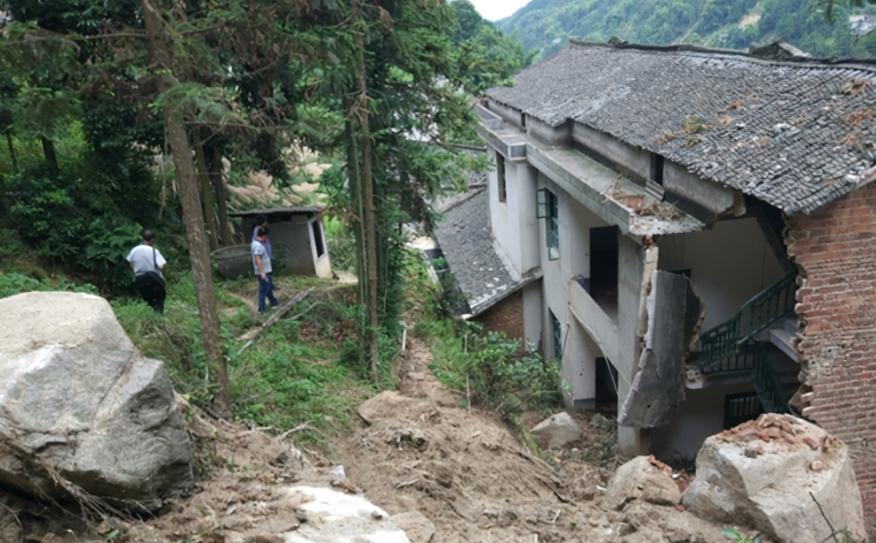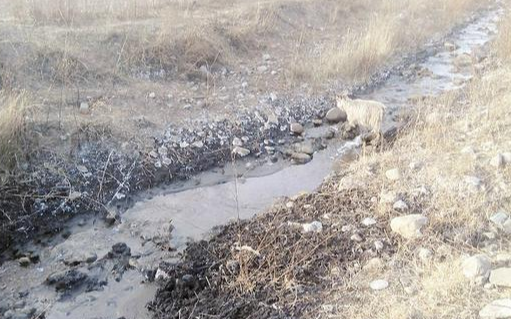The main problems and prevention measures of mine ecological restoration
The old account of mine ecological restoration is fixed, according to the unified arrangement of the Ministry of Natural Resources, it is planned to be completed during the "14th Five-Year Plan" period, and the supervision and management of subsequent production mines is the key. If you want to make production mines do not owe new debts, the implementation of the concept of mining while repairing is the key.

In 2013, the author proposed the concept, connotation, basic principle, technical classification and key technologies of "reclamation while mining" in Jinggong Coal Mine [8-9]. Professor Y. P. Chugh, former director of the Central and Western Branch of the National Mining Land Reclamation Research Center of the United States and Professor of Southern Illinois University, also systematically introduced the results in the paper "Mining and recovery Technology of coal subsidence in China" in 2017, that "in the reclamation of coal subsidence area, mining and recovery technology is an advanced technology, which is in a leading position in the world". It is also named CMR-UM(Concurrent Mining and Reclamation for Underground Mining) technology [10]. In 2020, in the article "On the ecological Environment of Coal Mine Area" [11], the author further improved the concept, principle and technical system of the integration of coal mine mining and restoration, and redefined the concept of "mining and restoration" of coal mine ecological environment as follows: In view of the ecological and environmental damage caused by coal mining process, closely combined with the mining process, a variety of measures are taken simultaneously to reduce the ecological and environmental damage and control simultaneously, that is, repair while mining, so that it can be used and coordinated with the local ecosystem. The ecological environment of coal mine area "recovery while mining" is based on the concept of "source and process control", rather than the concept of "end management", which is characterized by synchronous management in the mining process. The "recovery" in the concept of "recovery while mining" includes both the narrow "reclamation" and the concept of "restoration". Its core purpose is to timely restore and control the damaged ecological environment, alleviate the contradiction between the exploitation and utilization of mineral resources and environmental protection, and ensure the development of mining activities in the direction of sustainable, circular and green. Relevant studies have shown [9] that using the mining and recovery technology to control the subsidence area of coal mining can restore 10% ~ 40% more land. In the future, the mining and recovery technology of Jinggong coal mine will seek a breakthrough in reclamation time, reclamation elevation and reclamation technology in practice. In the aspect of open pit mining, it is emphasized that the integration process of mining, drainage and complex must be implemented, internal drainage as early as possible, boundary management, and reducing the area of external drainage and excessive mining pit.
1. Slope management measures
The main work of slope treatment is to stabilize the slope. The task of this process is to remove dangerous rocks, reduce the slope and cut the slope, form the horizontal step of the cliff without steps as far as possible, and reduce the slope slope below the safety Angle to eliminate the hidden danger of collapse. After that, the slope that has been treated will be greened to further maintain its stability.
2. Tailings treatment measures
The tailings which occupy a large amount of land are redeveloped to increase the comprehensive utilization rate of tailings; The development of tailings with large consumption, less investment and sales to achieve the resource utilization and commercialization of scale management and multi-variety development makes it a waste into treasure and truly becomes a part of economic commodities. It is also necessary to treat the waste water in the tailings dam to meet the national standard, and realize all reuse and zero discharge of flotation waste water after moderate purification. For the mine with untreated goaf, abandoned roadway and chamber, it is an effective way to discharge tailings from underground goaf.

3. Soil base improvement
The key to ecological damage caused by mining is land degradation, that is, the change of soil factors, that is, the deterioration of physical and chemical properties of the soil in the abandoned land, the loss of nutrients and the increase of toxic and harmful substances in the soil. Therefore, soil improvement is one of the most important links in the ecological restoration of mine abandoned land. Measures that can be taken include :(1) off-site soil extraction measures: on the premise of not destroying the soil in the off-site, take an appropriate amount of soil, move it to the severely damaged part of the mine, plant plants on the soil, and repair the damaged soil through the absorption, volatilization, root filtration, degradation, stability and other functions of the plants. (2) Waste land transformation measures Before the topsoil transformation, try to inject mud to wrap the waste residue, and then lay a layer of clay compacted to create an artificial water barrier, reduce the infiltration of surface water, prevent the release of highly toxic elements in the waste residue. (3) Soil fertilizer improvement measures: effective substances are added to improve the physical and chemical properties of the soil, thereby shortening the vegetation succession process and speeding up the ecological reconstruction of the mine wasteland.
- EMERSON
- Honeywell
- CTI
- Rolls-Royce
- General Electric
- Woodward
- Yaskawa
- xYCOM
- Motorola
- Siemens
- Rockwell
- ABB
- B&R
- HIMA
- Construction site
- electricity
- Automobile market
- PLC
- DCS
- Motor drivers
- VSD
- Implications
- cement
- CO2
- CEM
- methane
- Artificial intelligence
- Titanic
- Solar energy
- Hydrogen fuel cell
- Hydrogen and fuel cells
- Hydrogen and oxygen fuel cells
- tyre
- Chemical fiber
- dynamo
- corpuscle
- Pulp and paper
- printing
- fossil
- FANUC
- Food and beverage
- Life science
- Sewage treatment
- Personal care
- electricity
- boats
- infrastructure
- Automobile industry
- metallurgy
- Nuclear power generation
- Geothermal power generation
- Water and wastewater
- Infrastructure construction
- Mine hazard
- steel
- papermaking
- Natural gas industry
- Infrastructure construction
- Power and energy
- Rubber and plastic
- Renewable energy
- pharmacy
- mining
- Plastic industry
- Schneider
- Kongsberg
- NI
- Wind energy
- International petroleum
- International new energy network
- gas
- WATLOW
- ProSoft
- SEW
- wind
- ADVANCED
- Reliance
- YOKOGAWA
- TRICONEX
- FOXBORO
- METSO
- MAN
- Advantest
- ADVANCED
- ALSTOM
- Control Wave
- AB
- AMAT
- STUDER
- KONGSBERG
- MOTOROLA
- DANAHER MOTION
- Bently
- Galil
- EATON
- MOLEX
- Triconex
- DEIF
- B&W
- ZYGO
- Aerotech
- DANFOSS
- KOLLMORGEN
- Beijer
- Endress+Hauser
- MOOG
- KB
- Moxa
- Rexroth
- YAMAHA
- Johnson
- Westinghouse
- WAGO
- TOSHIBA
- TEKTRONIX


Email:wang@kongjiangauto.com



































































































































